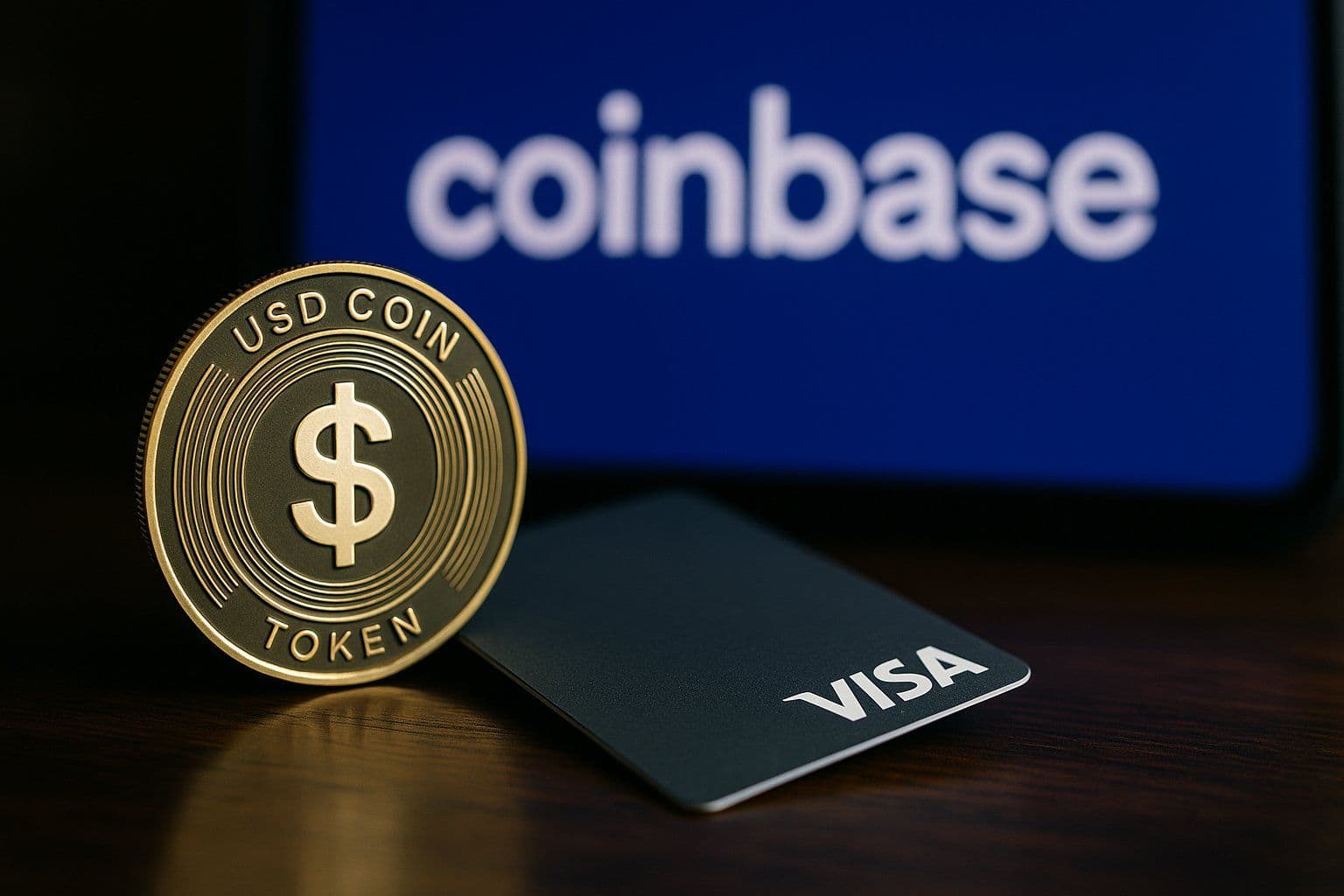The race to make stablecoins useful beyond trading is accelerating fast. Bitget Wallet has officially launched a global crypto payment card that enables direct USDC spending at millions of merchants worldwide. At the same time, Coinbase has introduced a USDC-based payments platform targeting businesses, allowing companies to send, receive and manage stablecoin transactions as easily as traditional banking.
These two launches signal a major turning point: stablecoins are now moving from passive holdings and speculative tools into real, functioning money infrastructure.
Bitget Wallet Turns USDC Into Spendable Money
Bitget Wallet’s new crypto card allows users to spend USDC and other supported assets at any merchant that accepts traditional card networks. Payments are settled at the point of sale in the local currency, with the user spending directly from their crypto balance.
There is no manual conversion step, no withdrawal to fiat account and no dependency on the merchant accepting crypto. The card also supports integration with Apple Pay and Google Pay, which makes it usable in physical stores, e-commerce checkouts and subscribed services.
The user experience is intentionally similar to a normal debit card except the source of funds is on-chain stablecoins instead of a bank balance. This marks a major leap in practicality, especially for crypto-native users who want to live in stablecoins rather than constantly cash out.
Coinbase Goes After Enterprise Money Flows
While Bitget is enabling real-world consumer utility, Coinbase is targeting a different layer business finance.
Its newly launched platform allows companies to use USDC for paying vendors, handling payroll-style disbursements, managing global transfers and even integrating stablecoins directly into accounting software.
For many businesses, the barrier to stablecoin adoption has not been ideological, but operational. Manual wallets and irregular workflows are not compatible with proper treasury management. Coinbase is solving that with bank-grade structure — automated payments, audit compatibility, API integration and predictable settlement.
This move positions USDC as more than a speculative asset. It becomes financial infrastructure, capable of handling company-level payment flows in a clean, compliant framework.
Why These Two Launches Matter
These developments matter because they attack the same problem from two different fronts consumer usability and enterprise adoption.
- Consumers can now spend USDC instantly at global merchants via a familiar debit-style experience.
- Businesses can now use USDC in structured, regulated workflows rather than experimental pilots.
- Stablecoins finally make sense beyond crypto trading, entering everyday money territory.
- Global accessibility is unlocked, bypassing geographic banking limitations.
Just as credit cards once replaced cash in the real economy, stablecoins are now entering the phase where they begin to quietly replace traditional payment rails not through hype, but by simply becoming more efficient.
The Strategic Implication for Stablecoins
This is more than a feature release. It marks the beginning of a structural shift.
Stablecoins are no longer waiting for mainstream approval. They are actively integrating into infrastructure people already use card networks, pay apps, accounting systems, global payouts.
The key change is psychology. When stablecoins evolve from “things to trade” into “things to spend” and “things to operate business with,” they gain permanence. They stop being speculative. They become infrastructure.
This is the exact moment where adoption curves stop being cyclical and begin compounding.
What Comes Next
There are several signals to watch in the coming weeks and months:
- How quickly Bitget rolls out region-by-region support and card issuance velocity
- Whether Coinbase begins announcing partnerships with major enterprises or SaaS financial platforms
- If other leaders such as PayPal or Stripe move faster to integrate USDC as a native tender option
- Whether traditional banks begin quietly supporting USDC treasury products behind the scenes
The competitive race in stablecoins is no longer about market cap. It is now about real utility velocity.
The New Era Has Quietly Started
Bitget’s consumer-level card and Coinbase’s institutional payments suite represent two halves of the same evolution. Stablecoins are no longer waiting for regulation to approve their relevance. They are already building.
For the crypto industry, this is the most important turning point since the invention of DeFi. The difference is that this time, the transformation will not start on the trading charts it will start in real-world transaction flows.
Quietly, without hype or countdowns, USDC is becoming actual money.


Comments